20 Best Accessories for 3D Printers
Since its conception, the technology of 3D printing has seen an accelerated growth in development. From the bulky and expensive 3D printers of the past decades, the models available today have become more compact, cheaper, and more reliable. However, getting good results from your 3D printer comes from more than just the technology of the printer itself.
Aside from some level of proficiency on your part, you will also need a few accessories for your 3D printer. With the right accessories, you can expand the capabilities of your 3D printer and you can be more assured that your 3D printing jobs will come out as desired. In this article, we list down what we believe are the 25 best accessories that you can buy for your 3D printer.
1. Nozzle Cleaning Kit
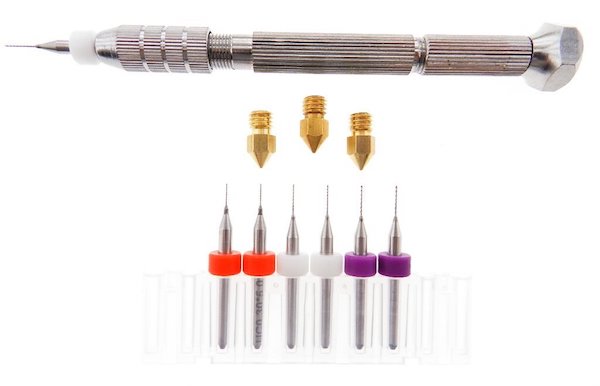
The nozzle of the extruder can easily get clogged with melted plastic after repeated and constant use. As these nozzles can be quite delicate, cleaning them is not as easy as it seems. For this purpose, special nozzle cleaning kits, designed specifically for cleaning of the different sizes of nozzles, can be purchased. The cleaning kit sold by Daewon Industries has bits of varying sizes (0.3mm, 0.4mm, and 0.5mm) to ensure that you will be able to clean even the smallest nozzle.
2. Carving Knives Sculpture Tool Kit
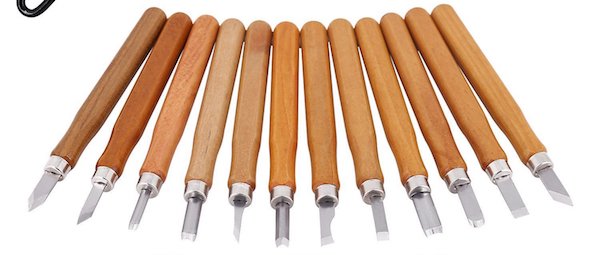
Getting a really good finish in your 3D models sometimes takes more than relying solely on your 3D printer. For finishing jobs where a little elbow grease is required, this set of carving knives from Strong Finish can help in smoothing out your final products by removing rafts, supports, and other excess material. Made with durable metal blades, this set contains 5 different blades of varying shapes and sizes which can be used for corners and edges of any type.

3. Adhesive

A strong adhesive has endless uses for 3D printing jobs. It can be used to fill in gaps in the final products or to repair broken parts. Most 3D printers can only produce small models due to their size, so an adhesive may be necessary to combine two smaller components and form a larger product.
With all its possible applications, you must keep in mind that different adhesives are appropriate for different jobs. Filling in gaps may be better done with thick glue, while combining two separate components may be more effectively done with a thinner alternative. Plastruct Plastic Weld has been widely used for holding PLA plastics together. Gorilla Super Glue should be sufficiently effective for applications using ABS or PLA plastics.

4. Sandpaper

Much like carving knives, having a set of sandpapers of different grits can be very useful if you want your 3D printed products to have a smooth finish. A good sandpaper will help you define the details on your model, sharpen its features, and smooth out any rough surfaces or edges. Sandpaper is not expensive, so we recommend buying from a good brand such as 3M. Good quality sandpaper does not wear out easily, making it last longer and saving you money in the long run.

5. Tweezers
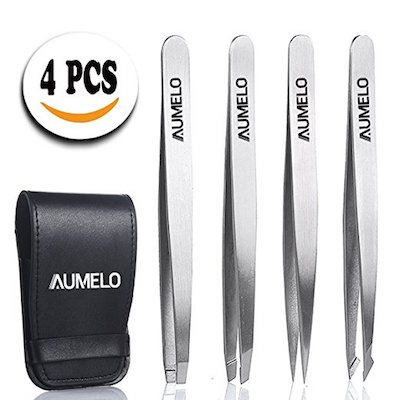
Tweezers are an all-around useful tool when working with 3D printers. Not only can they be used for post-processing finishing of your print, but they can also be used for fiddling and adjusting the finer components of your 3D printer. Aumelo sells a set of tweezers with different sized grips and tips with different sizes, allowing for diverse and flexible use for your 3D printing needs. For very fine and high precision adjustments in your 3D printer or printed items, tweezers offer a very good and cheap solution.

6. Pliers
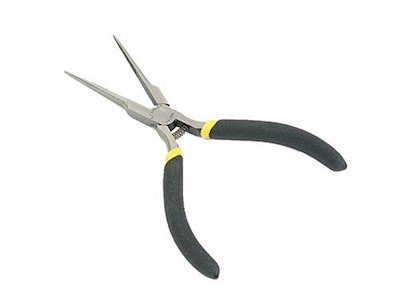
A good pair of needle-nose pliers can allow you to get into those small nooks and crannies in your 3D printer while providing a good, strong grip. They can be used to remove jams in the extruder, to install new filaments, or to cut filaments. They can also be used to remove 3D prints that get stuck on the print beds.

7. Hex Key Wrench Set
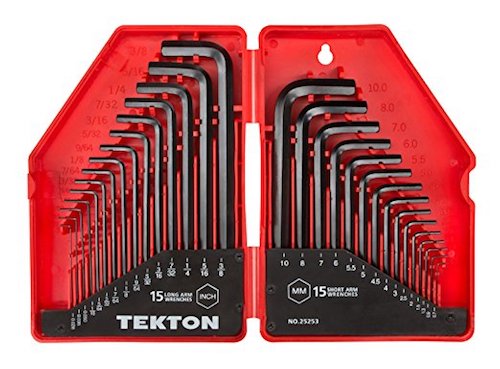
True to any machine that has moving parts, the components of a 3D printer will tend to come loose after repeated and regular use. A complete set of hex keys of different sizes will ensure that you can tighten any loose belts at any point while you are doing your project. Coupled with a few basic screwdrivers, this set should give you a tool kit that is sufficient to address any minor troubles with your 3D printer.

8. Palette Knives
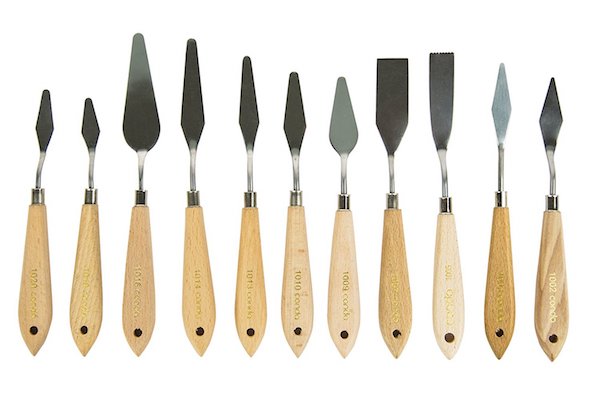
Palette knives are just another of those versatile and multi-purpose tools that a 3D printing job would greatly benefit from. They are the tools of choice when removing or lifting a print that has been stuck on a print bed without causing too much damage or any damage at all. They can also be used in post-processing by scraping off little bits of excess filament from the final print. These palette knives are not expensive, and can be purchased in a set consisting of different shapes and styles.

9. Digital Caliper
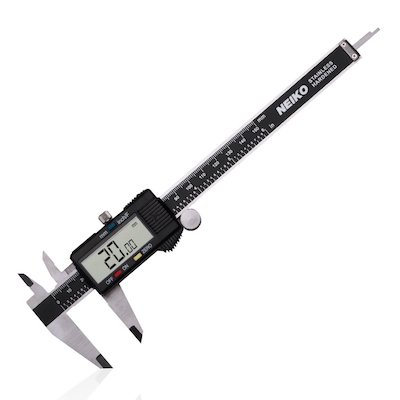
A digital caliper is a must-have tool for the very detail-oriented 3D print maker. It allows you to make highly precise and accurate measurements of parts of a print, which may be very important when combining separately printed components together. It also allows you to check the accuracy of the measurements of your print versus the dimensions in the source CAD model.
An accurate caliper will also come in handy in the quality control of your 3D printing filaments. Actual filament diameters commonly differ from what is advertised, and a measurement from a digital caliper will allow you to make the necessary adjustments (or complaints).

10. Acetone

Acetone is an easy-to-find and widely-used tool used to attain a smooth and polished finish for 3D prints. This chemical is easy to apply in thin layers, giving you greater control in achieving your desired look for your print. However, keep in mind that not all 3D printing materials are soluble in acetone, as some may be more resistant to solvents than others.

11. Filabot ABS 3D Printing Smoothing Pen
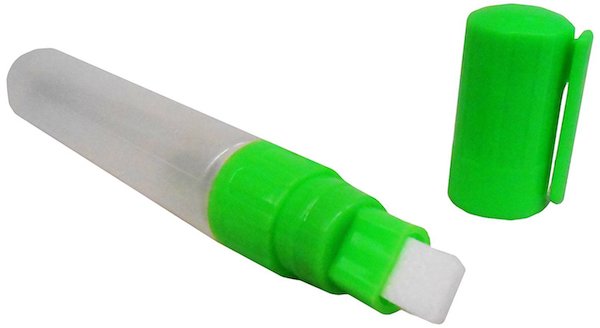
If applying acetone the old-fashioned way does not work well enough for you, then the 3D Printing Smoothing Pen from Filabot is the product you are looking for. This smoothing pen applies acetone with a thin and consistent layer, ensuring that your print has a uniform finish. The acetone inside the chamber does not leak, as the spring-activated tip requires some amount of pressure before the acetone is released. A translucent body also allows you to see if the level of acetone remaining warrants a refill.

12. Extra Print Beds
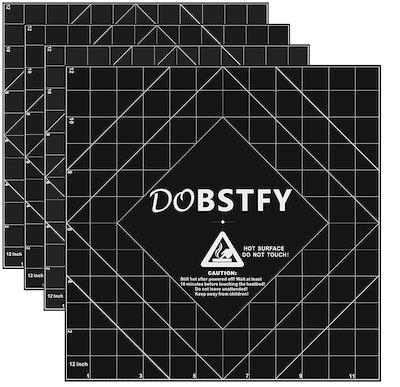
Those with experience in 3D printing know that the key to a successful 3D print lies in getting a good first layer. Of course, getting a good first layer relies heavily on having the right print bed surface. A good print bed has to have a very smooth finish, be durable, and rigid.
Many people like to swap out their stock print beds with higher-end ones available in the market. Glass plated print beds, such as R1+ from Robo3D, handle heat better and will not warp the printed parts as easily. The surface of a borosilicate glass print bed helps in giving the print a smooth finish, and eliminates the need to use hairspray or other flammable materials.

13. Kapton Tape
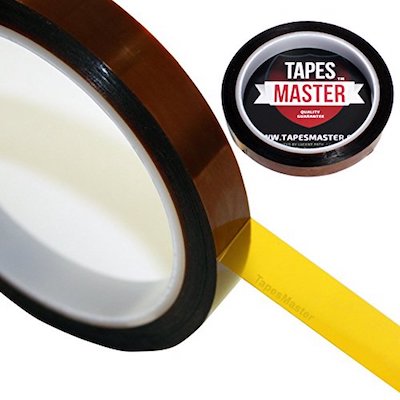
Choosing a material to cover your print bed to ensure that the first layer of your print comes out well is one of the most crucial steps in preparing for your 3D printing job. Although masking tape has been widely used for this purpose and is a cheaper option, Kapton Tape is much better in the long run since it handles high temperatures better. Aside from improving adhesion, Kapton Tape also reduces warping resulting in an overall better 3D print. Kapton Tape can be used in combination with other products, such as generic hairspray, for best results.

14. ABS Juice
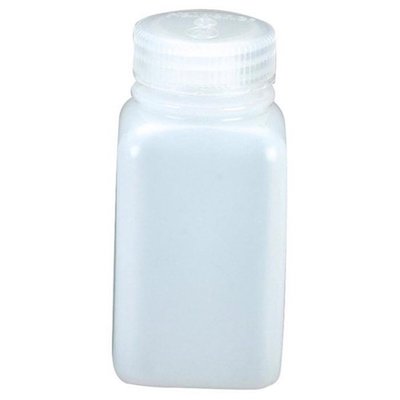
For more stubborn ABS prints, an ABS Juice may be used for your bed adhesion needs. ABS Juice is basically a mixture of ABS and acetone. This product can be used in combination with Kapton Tape, and is a good alternative to hairspray as it provides better adhesion and reduced warping for ABS prints.
Prepared ABS Juice products are available in the market, but you can also create your own by dissolving 6 to 7 inches of ABS 3D printing filament to 2-3 oz of acetone. In general, better adhesion can be achieved by dissolving more ABS plastic into the solution.

15. BuildTak
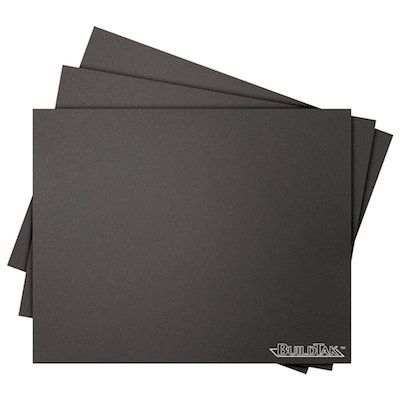
BuildTak produces printing surfaces of different shapes and sizes, compatible to practically any type of print bed available. Many consider the BuildTak printing surfaces to be the best solution option in providing an adhesive surface especially when working with borosilicate glass print beds. The printing surface is compatible with all of the common 3D printing filament materials, including ABS, PLA, HIPS, and PET+.
Due to its single sheet design, installing a BuildTak printing surface on your print bed is much easier than using a Kapton Tape of ABS Juice. You also will not need to worry about bubbles getting trapped in the tape which can result in an imperfect print. They are also easier to remove and clean. BuildTak print surface are durable enough to be used multiple times, and can even be used with different filament materials every time.

16. PrintDry Filament Storage Container
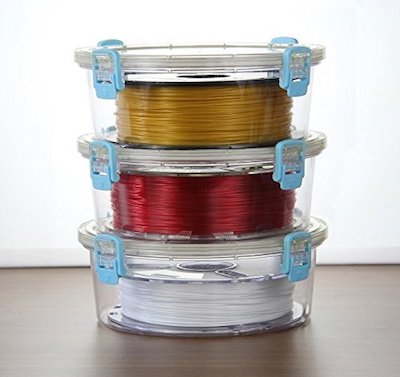
The Filament Storage Container from PrintDry does more than provide a container where you can safely organize your extra 3D printing filaments. PrintDry recognizes the importance of keeping your filaments dry during storage, and provides containers that quickly and effectively keeps moisture out with a silicone seal and 4 strong locking clamps.
The containers are transparent so you can easily identify and pick out the filament you want to use, and are designed to stack with each other to keep your workplace neat and organized. We recommend storing your filaments inside these containers with a dessicant pouch, which can be regenerated in the PrintDry filament dryer. Each package of PrintDry Filament Storage Container comes with 6 containers.

17. Desiccant Pouches
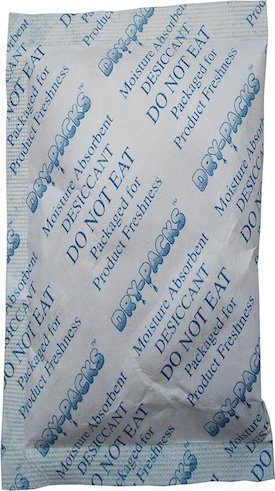
Printing filaments have very fine strands that tend to attract excess moisture when stored improperly, rendering them unsuitable for 3D printing. Thus, it is crucial to keep your filaments in moisture-free containers and store them with dessicant pouches. The most common dessicant material is silica gel, which can be purchased in ready-to-use small dessicant bags.

18. PrintDry Filament Dryer
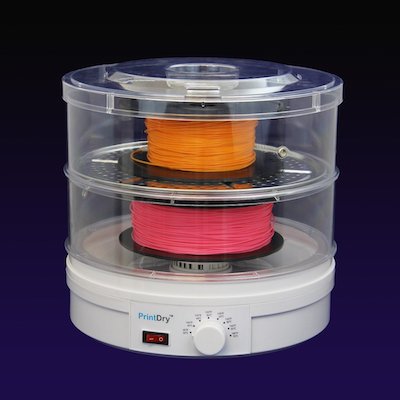
For your more advanced filament drying needs, PrintDry offers a Filament Dryer that can keep your filament dry over a range of drying temperatures (35 to 70 °C) depending on the filament material. The drying chamber can accommodate up to 2 kg of filament, and can fit either 1.75mm or 3mm filaments. It also contains a feeder spool that lets you dry your filament right before it is fed to the 3D printer.
This is a truly versatile product, as it can even be used to regenerate your dessicant pouches so they can be used again for storage. The Filament Dryer from PrintDry is a complete and effective solution to all your filament drying needs.

19. 3D Scanner
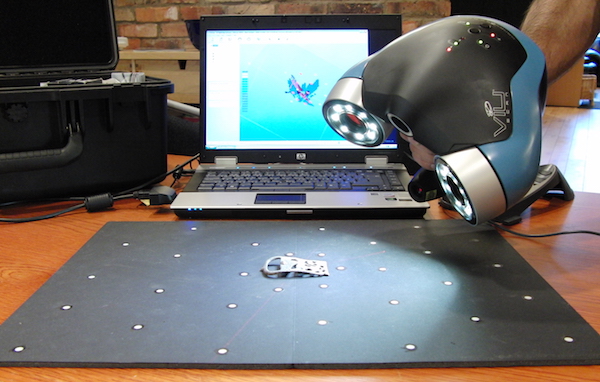
Having a 3D Scanner will truly elevate your 3D printing abilities to the next level, as it allows you create quick and accurate 3D models from actual tangible objects. The technology of 3D scanners has developed greatly in the last couple of years, making them much more affordable. Somewhat cheap and portable 3D scanners are now available in the market, such as the one being offered by Matter and Form.

20. Raspberry Pi
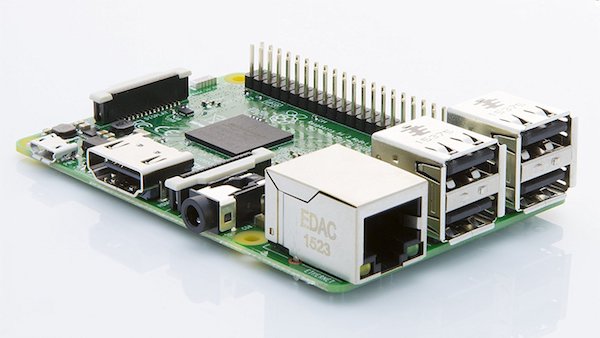
The Raspberry Pi Motherboard can be used in conjunction with a large number of 3D printer models to allow for greater customization and flexibility thru its specialized applications. The apps in the Raspberry Pi, such as Repetier and OctoPrint, can provide additional capabilities that you can tweak and play around with while working on your 3D print project.
One of the more nifty features of a Raspberry Pi motherboard is the ability to remotely control and monitor your 3D printing project thru the internet. By attaching a webcam to your Pi, you can view a live feed of the printing process which you can use to create a nice little time-lapse video. You can also remotely upload files for printing to the server, view the progress of the prints, and send an emergency stop order if necessary. A Raspberry Pi is one of the most widely-used and recommended accessories that you can consider for your 3D printer.


